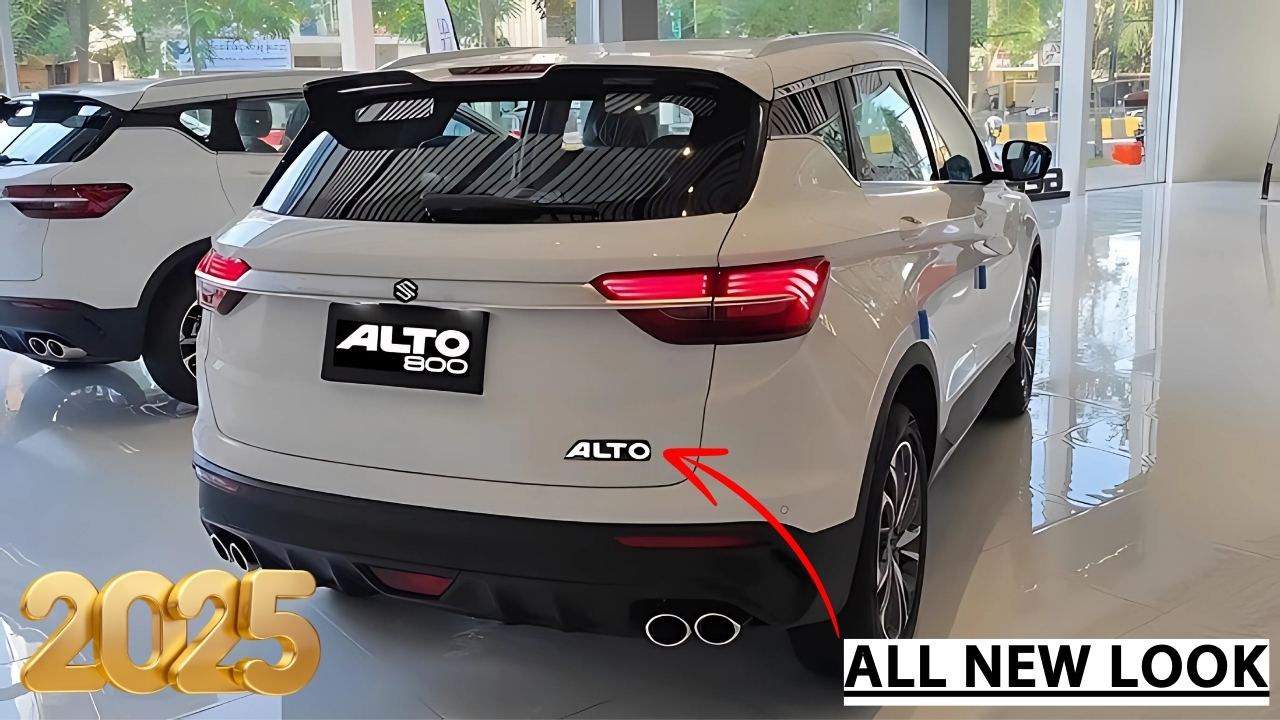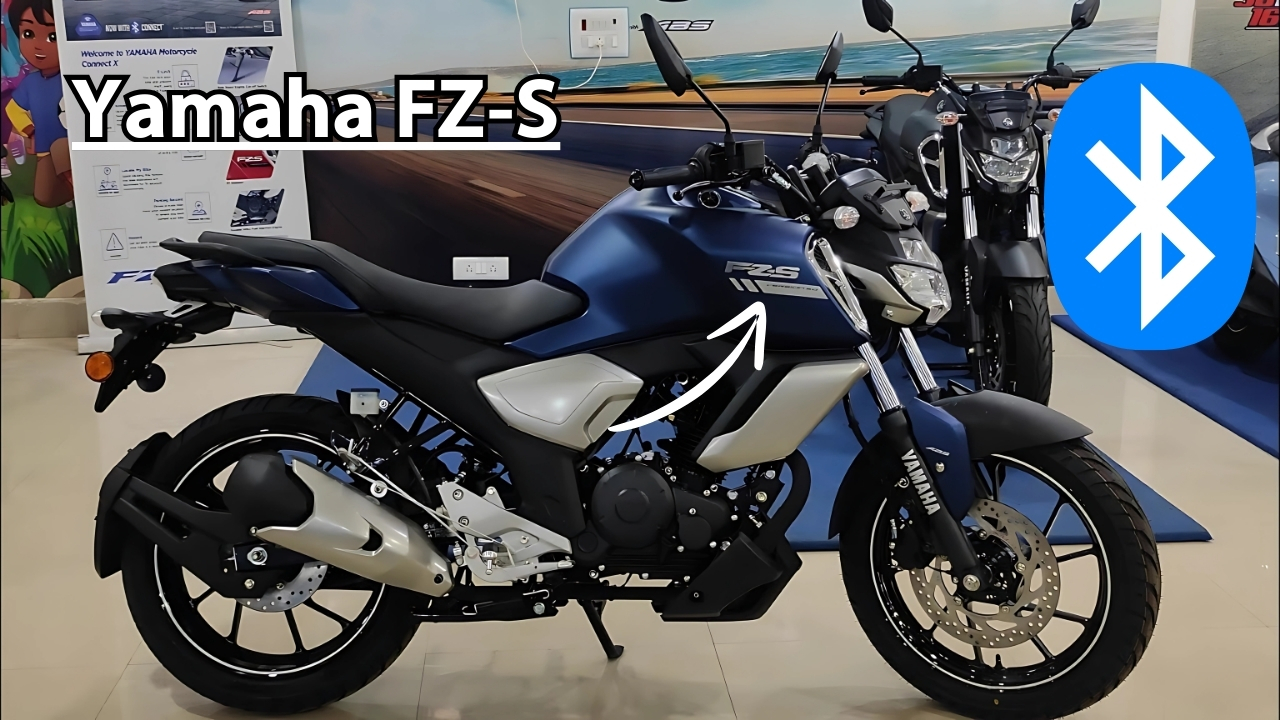1980 rare coins: When we talk about numismatics, the year 1980 might not be the first to pop into your mind as a treasure trove for rare coins. It’s not from a time long past, unlike some of the iconic years that collectors often cherish. Yet, for those who delve into collecting or sift through old coin jars, 1980 can reveal some surprising finds.
In this exploration, we’ll uncover those rare coins from 1980 that have reached a notable value of $1,000. Prepare yourselves, coin collectors – you might just find you’ve stumbled upon a hidden treasure!
Before we dive into the specific coins, let’s set the scene regarding coin production in 1980.
The United States Mint was bustling, churning out coins for circulation in its Philadelphia, Denver, and San Francisco facilities. The economy was experiencing significant changes, with inflation rates climbing, which interestingly impacted how coins were produced and preserved.
During this year, several prominent coin series remained in production, such as:
-
Lincoln Memorial Cent
-
Jefferson Nickel
-
Roosevelt Dime
-
Washington Quarter
-
Kennedy Half Dollar
-
Susan B. Anthony Dollar
While most coins from this era are commonplace, certain unique aspects like minting errors, limited mintages, and high levels of preservation have enabled some coins to soar to the remarkable $1,000 value.
The $1000 Club: 1980’s Numismatic Elite
1. 1980 Double Struck Jefferson Nickel
One of the standout coins from 1980 is the Double Struck Jefferson Nickel. This intriguing minting error happens when a coin is struck twice by the dies, resulting in a fascinating double image.
Many double strikes can be subtle and hard to detect, but those fetching $1,000 or more exhibit clearly visible differences in their strikes.
A particularly sought-after coin sold at an auction in 2023 for $1,150, showcasing a dramatic 50% off-center second strike that captivated collectors with its unusual and engaging appearance.
2. 1980-S Proof Susan B. Anthony Dollar – No S Mint Mark
The Susan B. Anthony Dollar was a fresh addition in 1980, having made its debut just the year before.
Most 1980 SBA dollars might only be worth face value, but a specific minting error has elevated some to the four-figure territory.
A small number of 1980 Proof Susan B. Anthony Dollars were produced at the San Francisco Mint without the essential “S” mint mark.
This accidental omission turned them into rare collectibles. In 2024, one pristine PR-69 example fetched $1,275 at a specialized auction.
3. 1980 Lincoln Cent on Dime Planchet
Minting irregularities can often lead to some of the priciest modern coins, and this particular error is no exception.
In a quirky twist, several 1980 Lincoln Cents were struck on planchets meant for dimes, resulting in smaller, silver-hued pennies that seem quite out of place.
One of these highly sought-after coins, graded MS-65 by PCGS, sold for $1,050 in an online auction in 2025. Its remarkable uniqueness and excellent condition played major roles in its significant price.
4. 1980-D Quarter Dollar – Struck 50% Off-Center
Off-center strikes are a result of the coin blank not being properly aligned between the dies during the minting phase.
While minor off-center versions are somewhat common, more pronounced cases are rare and greatly valued by collectors of mint errors.
A 1980-D Washington Quarter that was struck around 50% off-center sold for $1,100 in early 2025.
This striking error interestingly reveals only half of Washington’s profile, showcasing a sizeable blank area where the remainder of the design should appear.
5. 1980 Kennedy Half Dollar – Struck on Foreign Planchet
In an intriguing twist involving foreign coins, a handful of 1980 Kennedy Half Dollars were mistakenly struck on planchets intended for Philippine currency.
This unusual error likely originated from some leftover foreign planchets in the minting press.
One such coin, struck on a planchet intended for a Philippine 5 Piso, sold for $1,225 in late 2024.
The unique composition and different size of the planchet resulted in a Kennedy Half Dollar that is unlike any other, significantly raising its value.
Factors Contributing to High Value
Several primary factors lead to 1980 coins reaching that impressive $1,000 price point:
-
Rarity: Each of these coins accounts for a minuscule portion of the total 1980 mintage.
-
Error Significance: The more striking and obvious the error, the greater the value.
-
Condition: Coins in immaculate, uncirculated condition often command the highest prices.
-
Authentication: Certification from respected grading organizations such as PCGS or NGC enhances both credibility and value.
-
Collector Demand: Growing interest in modern rarities boosts prices of standout examples.
The Hunt for 1980 Rarities
If you’re inspired to seek out these valuable 1980 coins, consider these handy tips:
-
Check Your Change: While many of these rarities were probably taken from circulation long ago, it’s always worth a look.
-
Examine Proof Sets: The elusive 1980-S Proof No S Dollar might be hiding in an old set.
-
Attend Coin Shows: Dealers frequently showcase error coins, which could include 1980 rarities.
-
Join Numismatic Forums: Online communities can serve as valuable resources for identifying potential rarities.
-
Invest in a Good Magnifying Glass: Many valuable errors are only apparent under close examination.
The Broader Context: 1980 in Numismatic History
While we’ve concentrated on coins that have attained the $1,000 mark, it’s essential to acknowledge that 1980 yielded other noteworthy numismatic items:
-
The Susan B. Anthony Dollar was in its second year of production, still battling for public acceptance.
-
Gold and silver prices were incredibly volatile, affecting the bullion coin market.
-
The U.S. Mint was preparing for significant changes, including upcoming commemorative coin programs.
These aspects enrich the historical significance of 1980 coins, even for those pieces that don’t reach the $1,000 mark.
Preservation and Care
If you suspect you’ve uncovered one of these rare 1980 coins, proper preservation is vital:
-
Handle coins by their edges, avoiding contact with the surfaces.
-
Store them in non-PVC holders or albums specifically designed for long-term preservation.
-
Refrain from cleaning coins, as improper cleaning can greatly diminish their value.
-
Consider professional grading for potentially valuable pieces.
-
Keep coins in a cool, dry setting to prevent environmental damage.
The Future of 1980 Coin Values
Looking ahead, several factors may shape the value of these 1980 rarities:
-
Increasing Scarcity: As more collectors recognize these rarities, fewer may remain accessible to the market.
-
Generational Interest: As younger collectors begin to enter the market, enthusiasm for “modern” rarities from the 1980s may rise.
-
Economic Factors: Variations in precious metal prices and changes in economic conditions can influence coin values.
-
New Discoveries: There’s always the chance that new, previously unidentified 1980 rarities could come to light.
Conclusion: The Enduring Allure of 1980 Coins
The realm of rare coins is full of delightful surprises, and the 1980 issues that reach the $1,000 milestone are prime examples. These coins embody the perfect blend of scarcity, minting errors, and outstanding condition that elevates their worth beyond face value.
They remind us that not all valuable numismatic treasures are ancient; some are cleverly hidden within more recent coinage.
For collectors, these 1980 rarities offer an exhilarating journey. For enthusiasts, they provide insights into the minting processes and quality control of that period.
And for the fortunate few who might find one of these coins in their pocket change or old collections, they symbolize an unexpected boon.
As we’ve explored, the path toward a $1,000 valuation for a 1980 coin is paved with distinctiveness. Whether it’s an eye-catching minting error, a missing mint mark, or an unusual planchet, these coins distinguish themselves amid the billions produced that year.
They teach us that, like life, in numismatics, it’s often the unusual and rare that hold the most value.
So, the next time you’re going through a jar of old coins or receiving change, take that moment to look a little closer.
You might just find yourself holding a four-figure rarity from 1980 in your palm. Happy hunting, coin aficionados!






